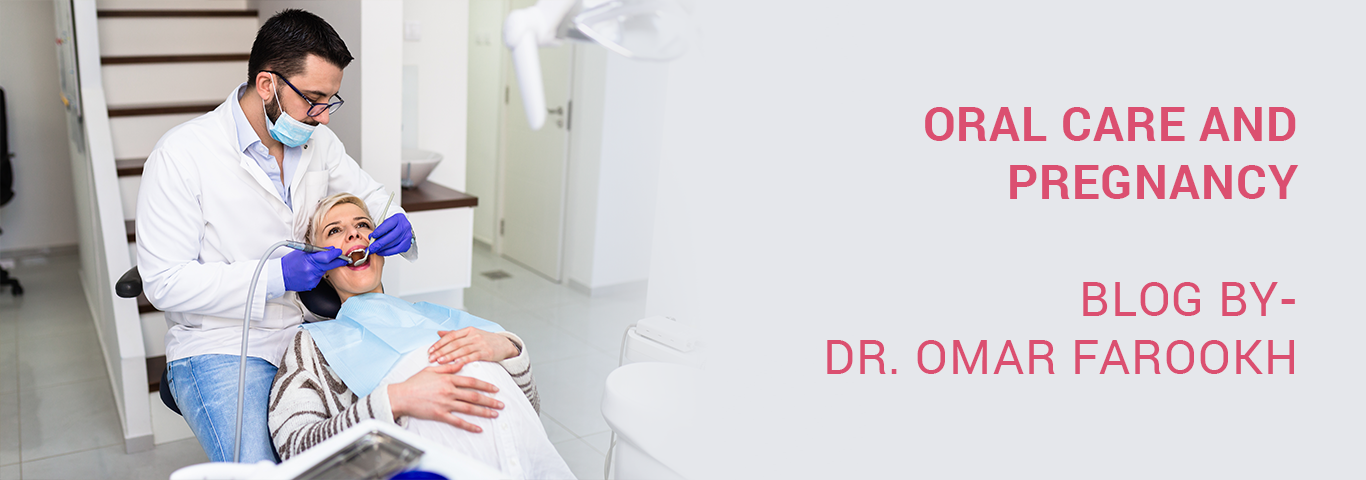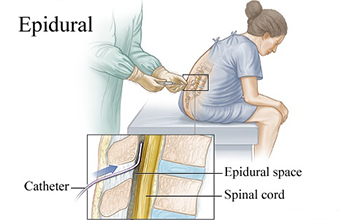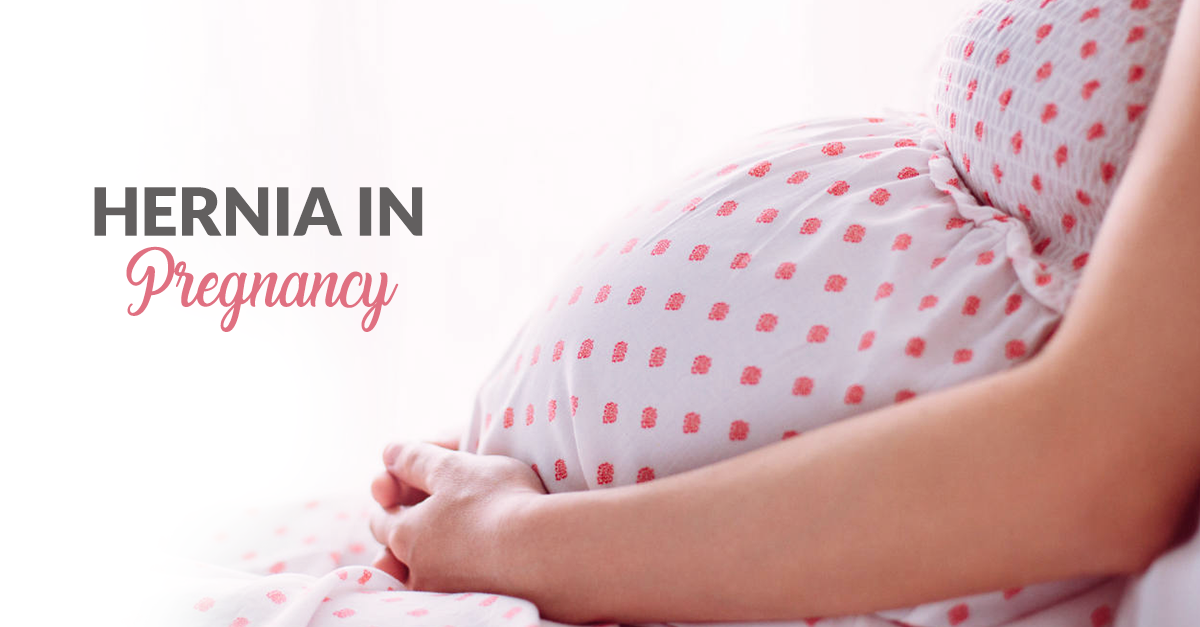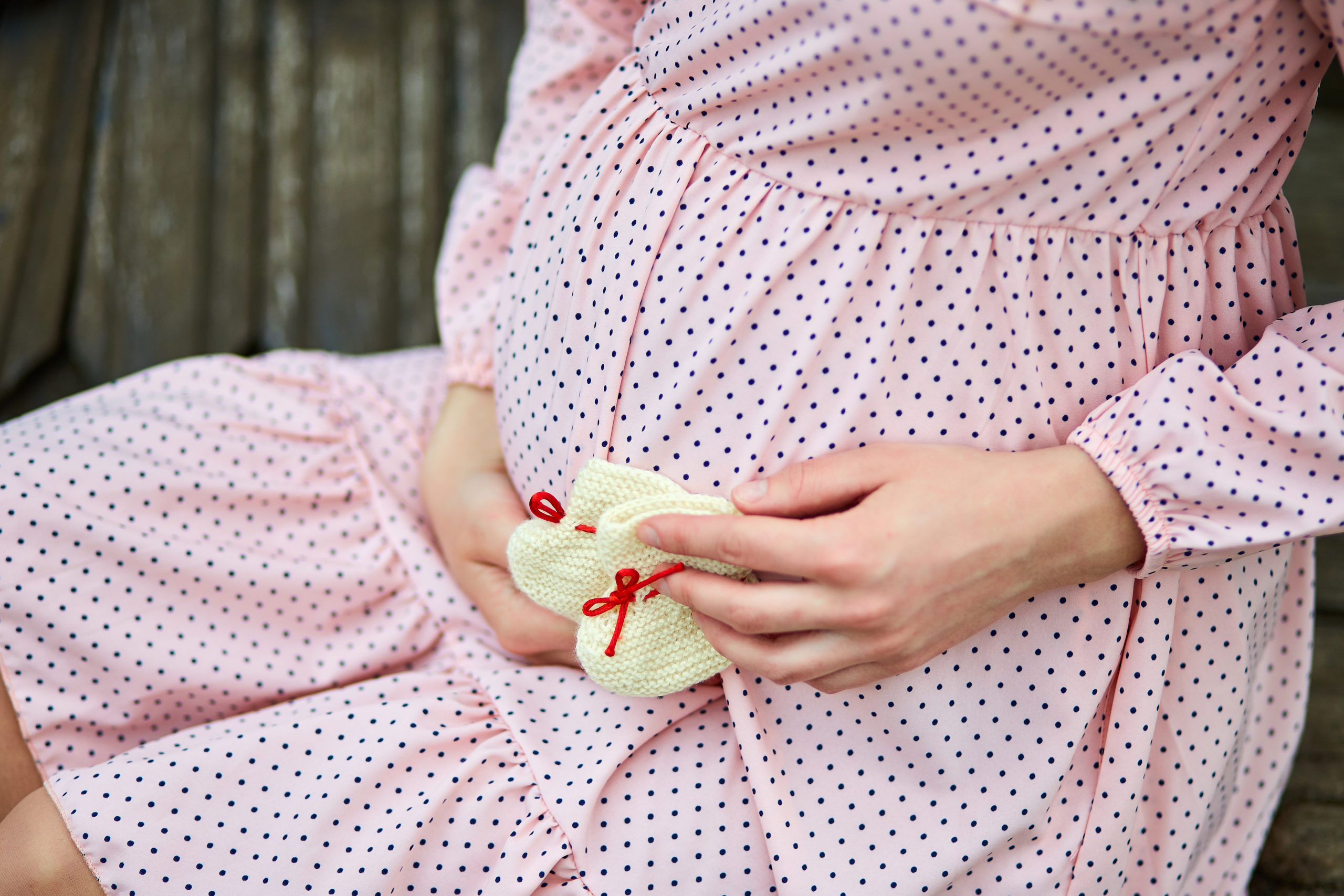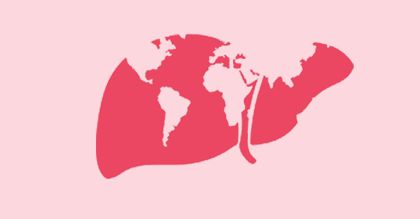A healthy and balanced diet during pregnancy requires fine-tuning your eating habits to ensure you are receiving enough nutrition for your own health and that of your baby. You must eat from a variety of food groups including fruits, vegetables, bread grains, protein sources and dairy products.
Fruits and Vegetables: Fruits and vegetables contain many important nutrients for pregnancy especially, vitamin C and folic acid.
Bread and Grains: A woman needs energy during pregnancy and it comes from carbohydrates. These essential ingredients are found in bread and grains. One can also get the required amount of folic acid from fortified bread and cereal.
Protein: Meat, poultry, fish, eggs and beans contain the protein, B vitamins and iron needed during pregnancy.
Dairy Products: Calcium is needed to support pregnancy as it helps build strong teeth and bones, normal blood clotting and muscle and nerve function.
Prenatal Vitamins: A daily prenatal vitamin can help fill small gaps, just in case you unintentionally do not get enough key nutrients. Consult your gynaecologist about which supplement is best for you.
Can you drink alcohol if you are pregnant?
The straightforward answer is ??no??. It??s safest not to drink alcohol at all during pregnancy. Drinking alcohol during pregnancy can pose a long-term risk to your unborn baby and the more you drink, the higher the risks. It??s especially important to stay off alcohol in the first trimester, because of the risk of miscarriage.
However, if you do decide to drink while you??re pregnant, limit it to one or two units of alcohol, no more than once or twice a week and never enough to get drunk.
Book an appointment with Motherhood hospitals. We have clinical dieticians highly experienced in planning a balanced diet and nutrition plan for women and their special needs during pregnancy and after pregnancy. We also have 24*7 obstetricians/gynaecologists for emergency care, 24*7 well-equipped ambulance services,? pregnancy care, high-risk pregnancy care, 3D/4D ultrasound, early pregnancy scan, NT scan, anomaly scan, growth scan, maternal-foetal medicine, vaccination, antenatal classes, diet and nutrition plan by clinical dietician, exercise during pregnancy designed by highly experienced physiotherapist, antenatal workshops, Lamaze, lactation counselling, postnatal nutrition, postnatal fitness, 24×7 emergency care.


 Toll Free Number
Toll Free Number








